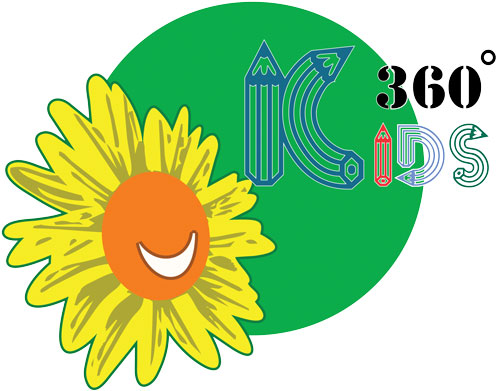Many different skills make up inquiry-based learning for children, and children need many opportunities to develop and use these skills as they progress through the preschool years. Inquiry can not be taught in isolation, but integrated into interesting topics and ideas and in children’s ongoing play. Some skills need explicit teaching (e.g., using a magnifier, posing questions, analysing data, using graphic organizers), whereas others may be reinforced or practised using different types of activities and investigations (e.g., sorting and categorizing).
Taking into consideration the strengths, needs, and interests of the children in the class, the teacher models the inquiry process and pose questions that encourage, support, and extend the children’s learning. For example, the teacher could ask such questions as the following:
“What would happen if…?”
“How would we find out?”
“What are the places in our schoolyard where we might find worms?”
“What ways can you use to get the water from one container to another?”
“I wonder why your measurement is different from Vansh’s.”
Children begin to ask questions that lead to exploration and investigation. For example, they may ask such questions as the following:
“How can this car go faster down the ramp?”
“Where are the biggest puddles?”
“How many legs does a spider have?”
“What happens if I mix blue and red paint?”
Children begin to communicate ideas and questions while they are experimenting and investigating by describing materials they used, indicating a problem they might have had, or beginning to listen to their peers or offer suggestions to them. They also learn to make predictions and draw conclusions, such as the following:
“I think if I use a bigger block on the bottom, my tower won’t break. See, it worked! I used this big block and it didn’t fall over.”
“I think when I mix these paints they will change colour. ”
“I thought it would take six footsteps, but it took ten.”

